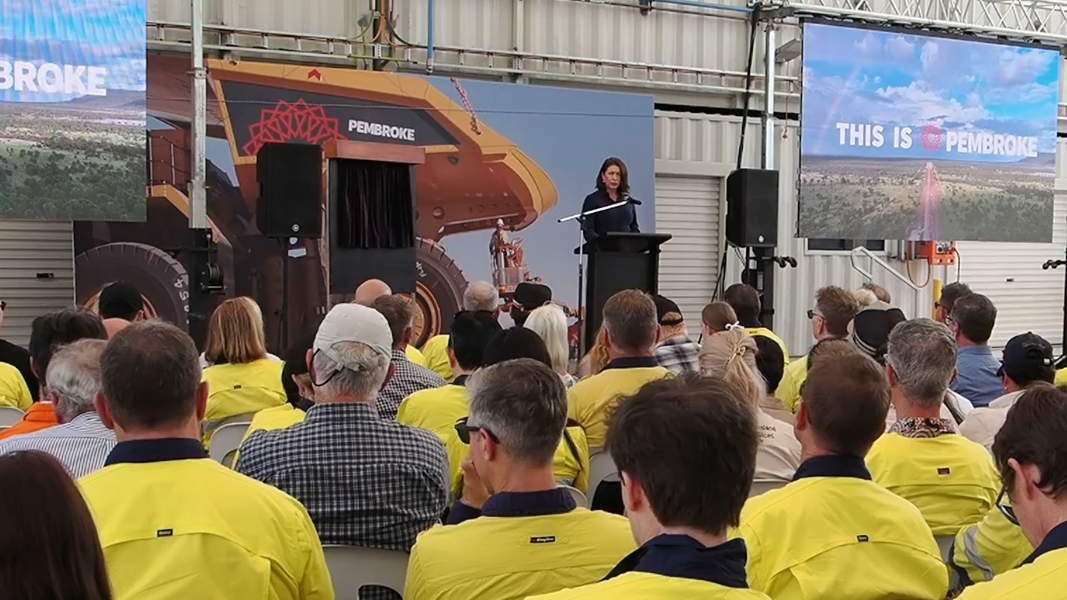Although some industries may be targeted more often than others for cyberattacks, every organisation must take necessary security precautions and make cybersecurity a top priority and investment, according to technology company Forescout. Forescout senior director for Asia Pacific and Japan Steve Hunter says it’s well worth investing some effort up front to evaluate the options. […]
Thank-you for your interest in iQ Industry Queensland. We invite you to purchase a registration through iQ Industry Queensland to get the most out of the service.





